
The feast of Sinterklaas, or Saint Nicholas (SANTA CLAUS IN THE U.S.), is probably the most typical dutch (and flemish) annual event.
The (true) story tells that Sinterklaas was born in a wealthy family where he was brought up as a devout Christian. When his parents died of an epidemic, he distributed his wealth among the poor and became a priest. Later he became Archbishop of Myra, and it is from here that the fame of his good deeds began to spread across the Mediterranean. Desperate sailors who called upon the Good Bishop to calm stormy seas were heard; prison walls crumbled when victims of persecution prayed to him. He saved young children from the butcher's knife and dropped dowries into the shoes of penniless maidens. Over time, St. Nicholas became the patron saint of sailors and merchants, and especially of children. After his death, the cult of St. Nicholas spread rapidly via southern Italy throughout the rest of the Mediterranean and eventually to coastal towns along the Atlantic and the North Sea. In the 12th and 13th centuries, Holland built no fewer than 23 churches dedicated to St. Nicholas, many of which are still standing. Amsterdam adopted St. Nicholas as its patron saint, and Rome decreed that December 6th, the anniversary of his death, should be his official Feast Day.
St. Nicholas' strong influence in the Low Countries - an area heavily engaged in trade and navigation - was primarily due to his role as patron of sailors and merchants.
However, his fame as protector of children soon took precedence.
In the 14th century, choir boys of St. Nicholas churches were given some money and the day off on December 6th.
Somewhat later, the pupils of convent schools would be rewarded or punished by a monk dressed up as the Good Bishop, with his long white beard, his red mantle and mitre (bishop's hat) and his golden crosier (bishop's staff) - just as he is still presented today.
 All Dutch children know that Sinterklaas (the name is a corruption of Sint Nikolaas) lives in Spain. Exactly why he does remains a mystery, but that is what all the old songs and nursery rhymes say. Whatever the case may be, in Spain he spends most of the year recording the behaviour of all children in a big red book, while his helper Black Peter (“zwarte Piet”) stocks up on presents for next December 5th. In the first weeks of November, Sinterklaas gets on his white horse, Peter swings a huge sack full of gifts over his shoulder, and the three of them board a steamship headed for the Netherlands. Around mid-November they arrive in a harbour town - a different one every year - where they are formally greeted by the Mayor and a delegation of citizens. Their parade through town is watched live on television by the whole country and marks the beginning of the "Sinterklaas season".
All Dutch children know that Sinterklaas (the name is a corruption of Sint Nikolaas) lives in Spain. Exactly why he does remains a mystery, but that is what all the old songs and nursery rhymes say. Whatever the case may be, in Spain he spends most of the year recording the behaviour of all children in a big red book, while his helper Black Peter (“zwarte Piet”) stocks up on presents for next December 5th. In the first weeks of November, Sinterklaas gets on his white horse, Peter swings a huge sack full of gifts over his shoulder, and the three of them board a steamship headed for the Netherlands. Around mid-November they arrive in a harbour town - a different one every year - where they are formally greeted by the Mayor and a delegation of citizens. Their parade through town is watched live on television by the whole country and marks the beginning of the "Sinterklaas season".
The old bishop and his helpmates are suddenly everywhere at once. At night they ride across Holland's' rooftops and Sinterklaas listens through the chimneys to check on the children's behaviour. Piet jumps down the chimney flues and makes sure that the carrot or hay the children have left for the horse in their shoes by the fireplace is exchanged for a small gift or some candy.

On the day of the 5th, most places of business close a bit earlier than normal. The Dutch head home to a table laden with the same traditional sweets and baked goods eaten for St. Nicholas as shown in the 17th-century paintings of the Old Masters. Large chocolate letters - the first initial of each person present - serve as place settings. They share the table along with large gingerbread men and women known as "lovers". A basket filled with mysterious packages stands close by and scissors are at hand. Early in the evening sweets are eaten while those gathered take turns unwrapping their gifts and reading their poems out loud so that everyone can enjoy the impact of the surprise. The emphasis is on originality and personal effort rather than the commercial value of the gift, which is one reason why Sinterklaas is such a delightful event for young and old alike.
It were the Dutch settlers who brought St. Nicholas (SANTA CLAUS) over to
New Amsterdam (New York) - USA.
 In Zaragoza we have a small Dutch Community of at about 60 members. In order to remain the link with our Fatherland and to give our children some dutch education, we also celebrate the fifth of December in Zaragoza; after the arrival to the city, in a local pub the children give a letter to Sinterklaas who interviews them about their behaviour during the last year and if everything is o.k., they receive their present. Normally the local press is present and in 2006 we were invited by ANTENA ARAGON for the programm of “SIN IR MAS LEJOS”, it was very funny, we laughed a lot and everybody came to us and asked about our dutch tradition.
In Zaragoza we have a small Dutch Community of at about 60 members. In order to remain the link with our Fatherland and to give our children some dutch education, we also celebrate the fifth of December in Zaragoza; after the arrival to the city, in a local pub the children give a letter to Sinterklaas who interviews them about their behaviour during the last year and if everything is o.k., they receive their present. Normally the local press is present and in 2006 we were invited by ANTENA ARAGON for the programm of “SIN IR MAS LEJOS”, it was very funny, we laughed a lot and everybody came to us and asked about our dutch tradition.
">
The old man with the white beard was … guess who…



 Amsterdam Time
Amsterdam Time










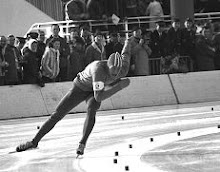

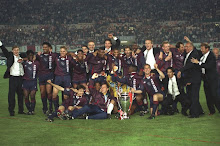
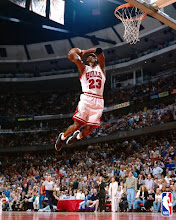













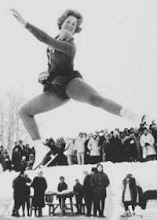





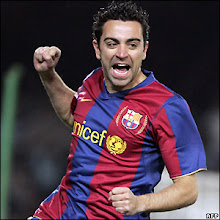















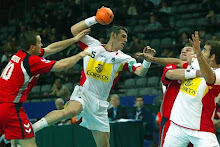


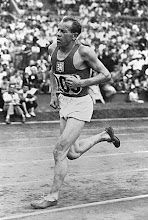
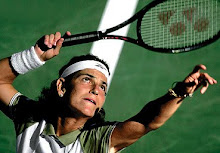








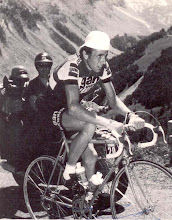
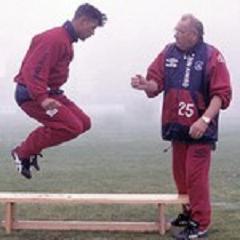
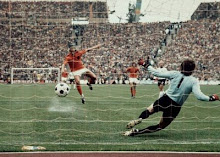
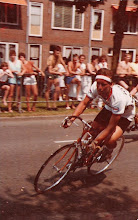




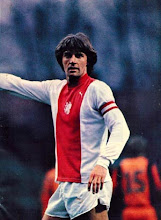
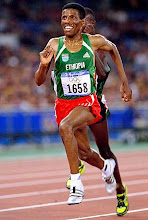




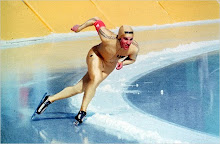

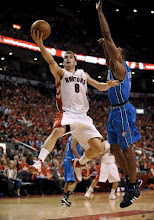

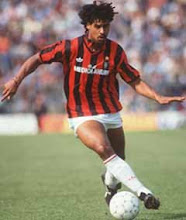






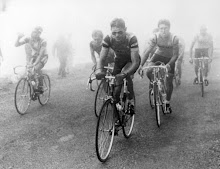

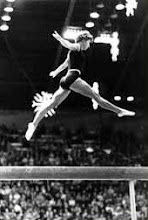







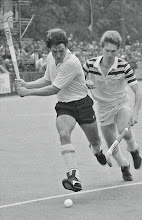
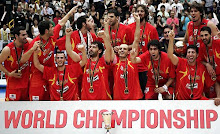
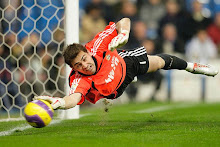


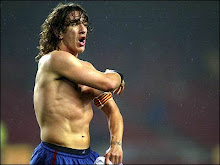
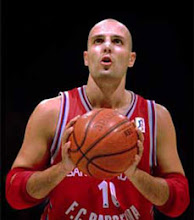


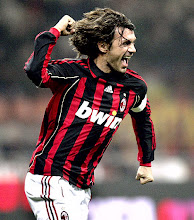



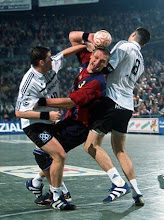



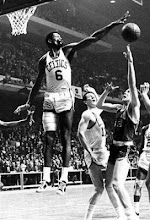
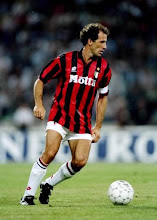















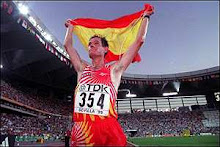
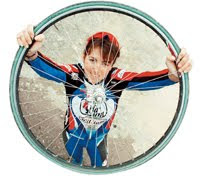














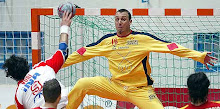































From the Shadow to the light..Hmmm, I would like you to explain that in your next Post.
ReplyDeleteTot spoedig, JP
Dear JP,
ReplyDeleteThanks a lot for your comments. I did not announce you my personal blog as I am still preparing some new articles for it.
You are right, the headline means from the shadow to the light, but the sense is "from ignorance to knowledge". Next time we'll see ourselves I will explain you some more about it.
Feliz puente,
Alex